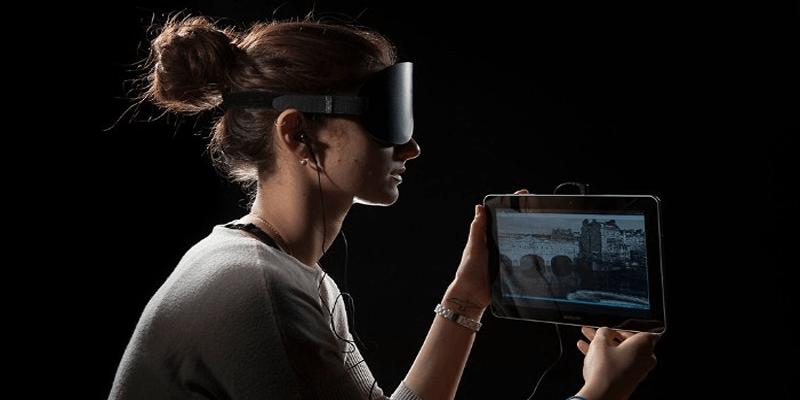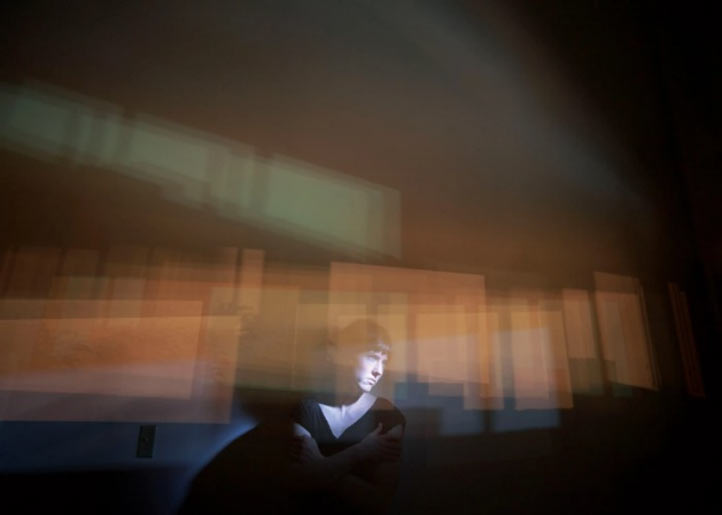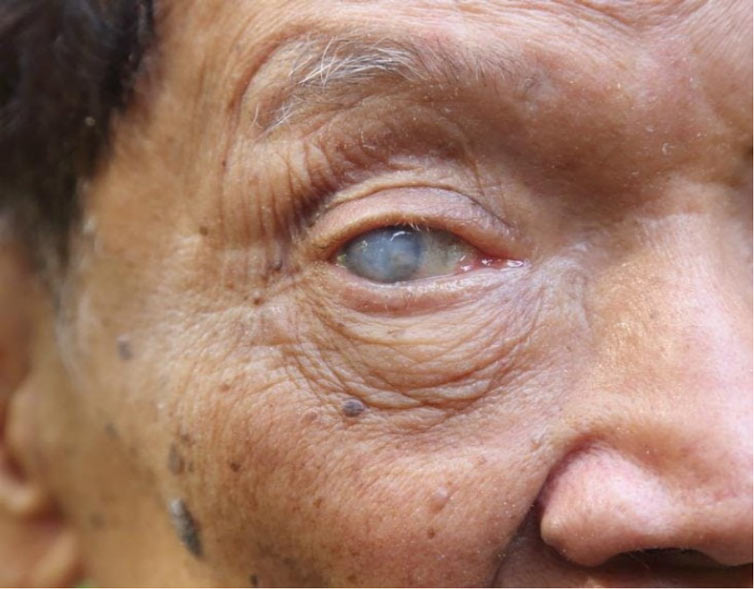
What Do Blind People See
Apr 26, 2023
Have you ever wondered what it’s like to be blind? What do people who cannot see visualize in their minds? First, it is important to understand the varying forms of blindness and how vision differs from person to person when completely or partially lacking normal sight.
Although many believe being blind is an experience void of visual imagery, recent research presents a different story. Here we explore what those with impaired vision might actually “see” and examine their everyday means of traveling the world safely and independently without visible light.
Explaining the concept of blindness
Many people have misconceptions about blindness, thinking that blind people cannot see anything. However, this is not always the case. While some individuals are completely blind, meaning they cannot perceive light or shape at all, most cases of blindness refer to a condition known as ‘low vision.’ This means a person has some visual perception but with reduced clarity, contrast sensitivity, and peripheral vision.
For example, someone with low vision may be able to detect differences in light intensity – such as the difference between day and night – but cannot accurately distinguish shapes or identify objects from a distance. The range of visual capability varies from person to person depending on the cause and severity of their blindness.
Some vision impairments can be accompanied by sensory conditions such as photophobia (sensitivity to light), nystagmus (involuntary eye movement), or other physical impairments that may affect a person’s ability to see. These conditions can make navigating their environment difficult for someone with low vision.
Fortunately, many adaptive strategies and technologies can help people with low vision better understand what they can see. These include special glasses or contact lenses, magnifying devices, CCTV systems to enlarge written text, and computer screen readers. By using these tools, people with low vision can access visual information and enjoy previously inaccessible activities.
It is important to remember that blindness does not necessarily mean total darkness. With the right support and adaptive technology, blind people can gain insight into their environment and participate in activities they might have missed.
How do blind people navigate the world around them?

The answer to this question is complex, as there is no single way for all blind people to ‘see’ the world around them. For many, it involves a combination of visual indication (such as feeling raised dots on an object or following lines on the ground) and sound cues (such as tapping a cane).
Other means of helping blind people to navigate their environment include using a guide dog. Guide dogs are trained to help someone with low vision or blindness move safely, quickly, and confidently around unfamiliar environments. They can provide support as the individual moves in and out of spaces, such as on escalators, lifts, or stairs.
In addition, Braille is a tactile form of written communication that blind people often use to read and write. This system is based on raised dots, which can be felt with the fingertips and helps to provide direction or information about a particular object.
Lastly, echolocation can also be used by some blind people who are trained in this technique. It involves making clicking noises and then listening to the returning echoes of those sounds, which can be used to identify objects around them.
Types of assistive technologies for the visually impaired
Assistive technologies can provide a range of visual experiences for the visually impaired. These technologies offer ways to access digital information, magnify text and images, or even provide tactile feedback. Some assistive technologies use audio cues to read aloud what is on the screen and describe images or objects in detail. Others use specialized software and hardware to convert visual information into a tactile experience.
For example, the refreshable Braille display is a device that raises and lowers pins to create raised dots in patterns that form letters of the alphabet. This allows users to feel what is being displayed on the screen. The computer can also provide audio feedback when image descriptions are needed.
Tactile graphics are also available for visually impaired users. These images use raised lines and shapes to represent information such as graphs, charts, and maps that would otherwise be too difficult to interpret on a Braille display. The visually impaired can also use specialized software to create their tactile graphics.
In some cases, blind people may use assistive technologies to explore the environment around them. For example, technology can provide audio cues when a person is near an obstacle or describe objects in front of them. This technology allows blind people to view pictures and videos in different formats, such as tactile overlays or auditory descriptions.
Assistive technologies for the visually impaired provide a range of experiences for those who cannot experience the world around them like sighted people. By enabling access to digital information, providing tactile feedback, and helping users explore their environment, these technologies allow blind people to see in ways that may not have been possible.
What kind of jobs can a blind person do?

It is a common misconception that blind people cannot work due to disability. However, this is not true. Blind individuals can do many jobs if they have the necessary skills and training. Some examples of jobs a blind person may pursue include computer programming, teaching, content writing, web development, graphic design, customer service, and even healthcare. Blind people can also be entrepreneurs and create their businesses.
It is important to note that some jobs may require more adjustment than others due to the lack of sight.
For instance, someone blind may need to use adaptive technology such as a screen reader or Braille display to access information or make it easier to complete tasks. Additionally, some workers may need to be trained on using such technology or receive guidance from a job coach or other professional.
FAQs
What do completely blind people see?
Completely blind people typically do not see anything. However, they may be able to use other senses, such as sound or touch, to gain some understanding of their environment. They may access information through assistive technologies such as screen readers or Braille displays.
Are there any jobs available for blind people?
Yes, there are many jobs available for blind people. These range from computer programming and web development to teaching and customer service. Depending on the job, an individual may need to be trained to use adaptive technologies such as a screen reader to complete tasks.
What technology is available for blind people?
There are a variety of assistive technologies available for blind people that can help them access information, create tactile images, and explore their environment. Examples include refreshable Braille displays, tactile graphics software, screen readers, and audio feedback systems.
Conclusion
It is clear that the experience of being blind is complex and varies from person to person. Because there are so many different types of blindness and forms of visual impairment, it is impossible to know exactly what kind of vision each person has. It is possible, however, to gain a better understanding of what blind people see with the help of recent research.
This research shows that while difficult, people who are completely or partially blind can still find ways to travel the world safely and independently using all the information they receive via their other senses.





